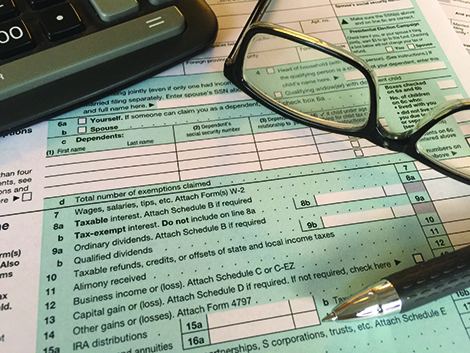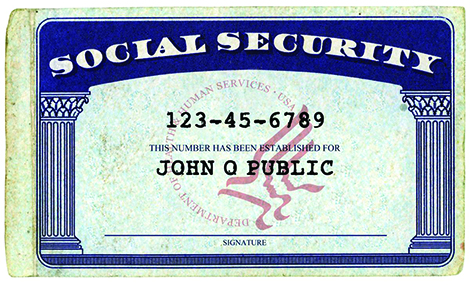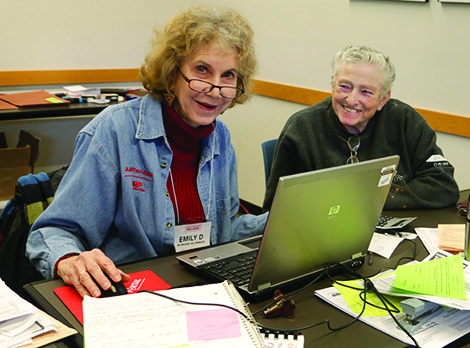By Maggie Davis
MagnifyMoney
As inflation continues to rise, Americans are feeling the effects at the grocery store, gas pump and elsewhere. But inflation isn’t only impacting short-term spending. In fact, most consumers say they’re putting off major financial milestones like buying a house, beginning a family or working toward retirement.
Matt Schulz, Lending Tree’s chief credit analyst, says inflation’s impact has been seismic.
“The financial margin for error has shrunk to near-zero,” he says. “When that happens, it forces people to change plans and make tough decisions. People are delaying having children because they don’t think they can afford it. They’re putting off buying a house because they can’t save for a down payment. They’re putting off retirement because inflation has wrecked all of their calculations for how much money they’d need to have to get by in their golden years. It’s a difficult time for many Americans. Unfortunately, it seems like it’s going to get worse before it gets better.”
MagnifyMoney asked more than 1,500 U.S. consumers about their financial confidence and security. Key findings:
- Exactly half of Americans report inflation has impacted their retirement strategy.Unsurprisingly, that figure is highest for Gen Xers, some of whom may be nearing retirement.
- More than half of Americans say inflation has delayed their next financial milestone, with millennials citing this more than other generations.
- Only 43 percent of Americans say they feel fully prepared for their next stage of life,whether that’s owning a home, starting a family or entering retirement. Another 28 percent say they’re somewhat prepared.
- 20 percent have taken money out of their retirement accounts over the past two years,mostly to pay for emergency expenses.
Full results of the survey are at magnifymoney.com.
As the U.S. grapples with the possibility of a recession, the American dream grows further out of reach for many. Fifty-four percent of consumers say inflation has delayed their next financial milestone.
Millennials, the generation that saw some members begin their careers after the dot-com bubble burst and during the Great Recession of 2007 to 2009, can’t seem to catch a break. Sixty-three percent ages 26 to 41 put off their next major financial milestone — the highest among any age group.
Schulz said millennials are most impacted because they’re in one of the most expensive periods of life.
Meanwhile, just 32 percent of baby boomers 57 to 76 years old say inflation has delayed their next financial milestone, making them the least likely age group to say so. Not all older consumers are doing so well, though. Among Gen Xers ages 42 to 56, 60 percent are putting off their next milestone due to inflation. Gen Zers ages 18 to 25 aren’t far behind at 58 percnt.
Consumers don’t only lack financial confidence, but their recent decisions reveal that many may also lack critical financial security — and it’s likely impacting their ability to reach that final financial milestone. Twenty percent have had to take money out of their retirement accounts over the past two years. High earners are more likely to pull from retirement than low earners, though that may be because high earners are more likely to have retirement accounts. Among those with annual household incomes between $75,000 and $99,999, 31 percent have pulled from their retirement accounts. That’s followed by 30 percent of six-figure earners. Generally, consumers are doing so to deal with unexpected expenses.
Rising costs have also eaten into consumers’ retirement accounts, as 11 percent withdrew from retirement to afford regular household expenses like groceries or utilities. That ties with home repairs as the third most common reason to pull from retirement.
While Schulz said pulling from retirement is sometimes necessary, there are hefty costs.
“That $1,000 you take out today is $1,000 that won’t be invested or saved going forward, meaning that it won’t have the chance to grow into more money in the future, and that’s a really big deal,” he said. “There’s no more powerful asset for investors than time, and when you pull money out of retirement accounts, you squander that advantage. Yes, sometimes it may be the best of a bunch of bad choices, but it’s still something to avoid if possible.”
Maggie Davis is a staff writer for studies and surveys at MagnifyMoney, a personal-finance information site owned by Lending Tree.


